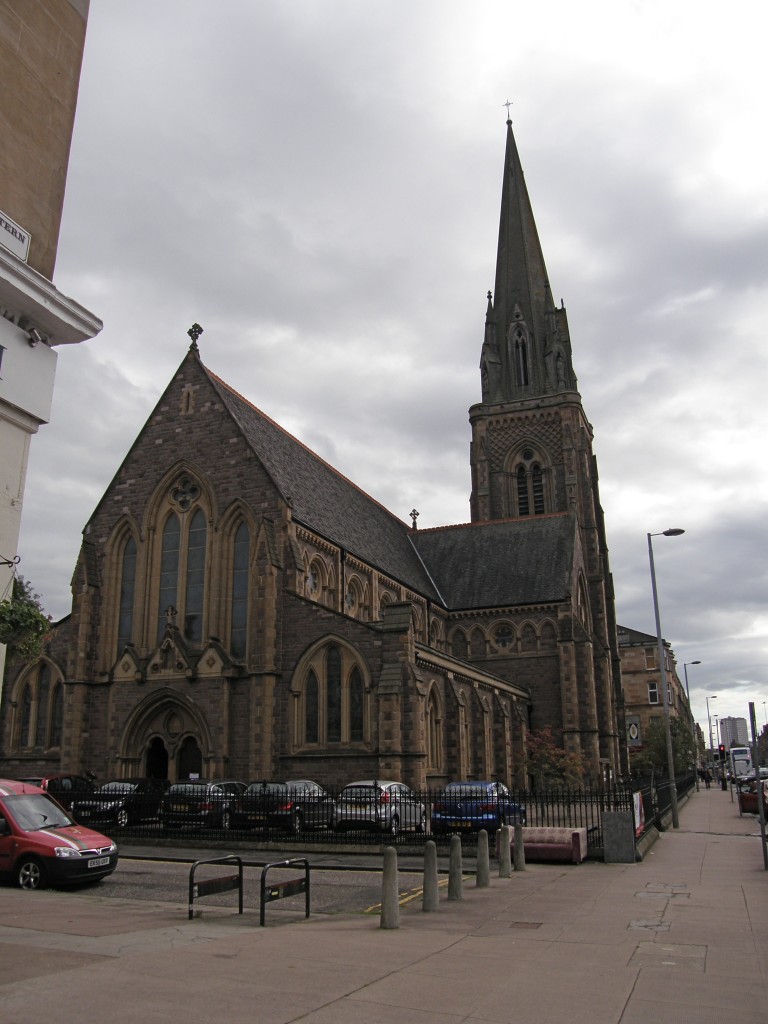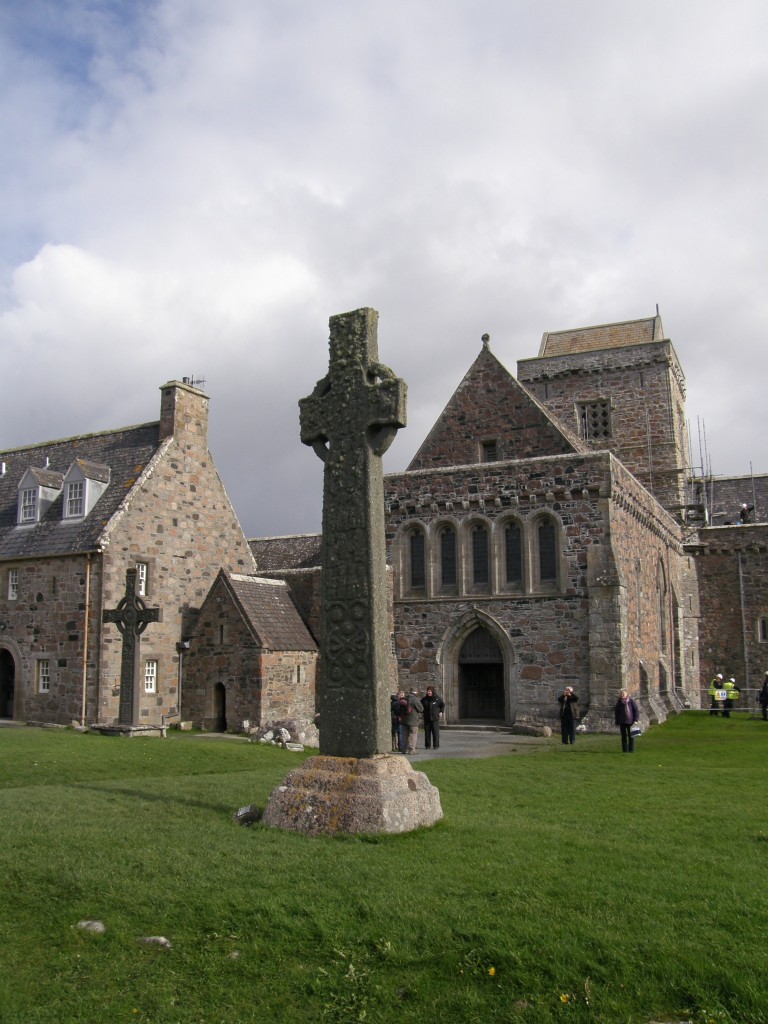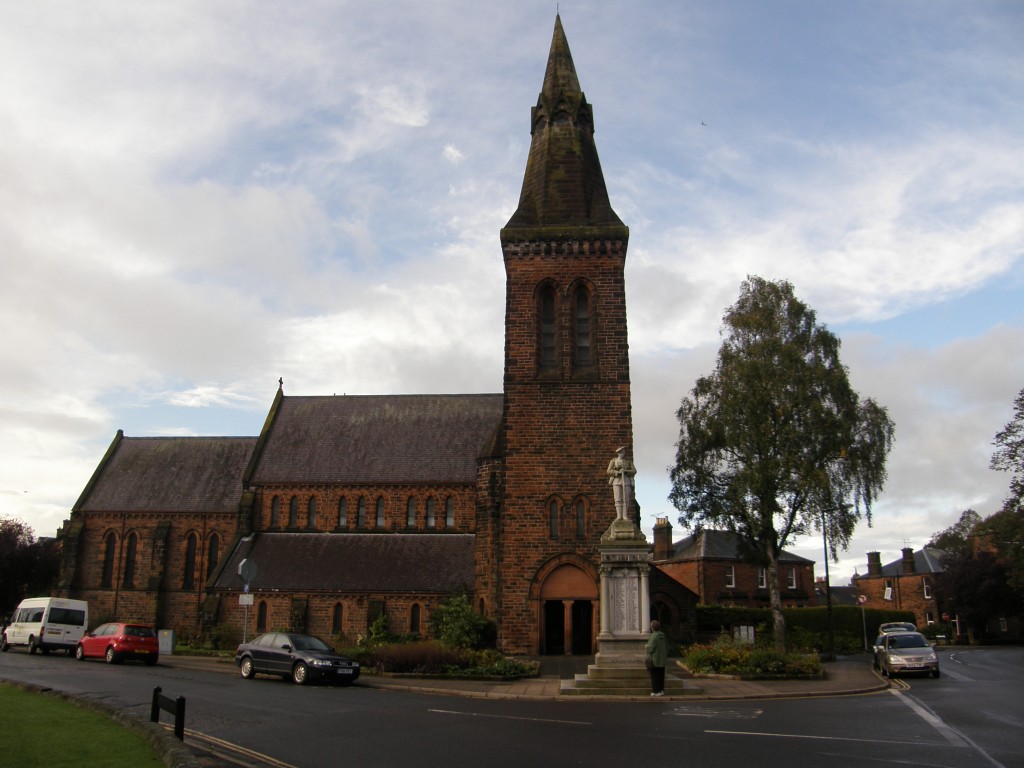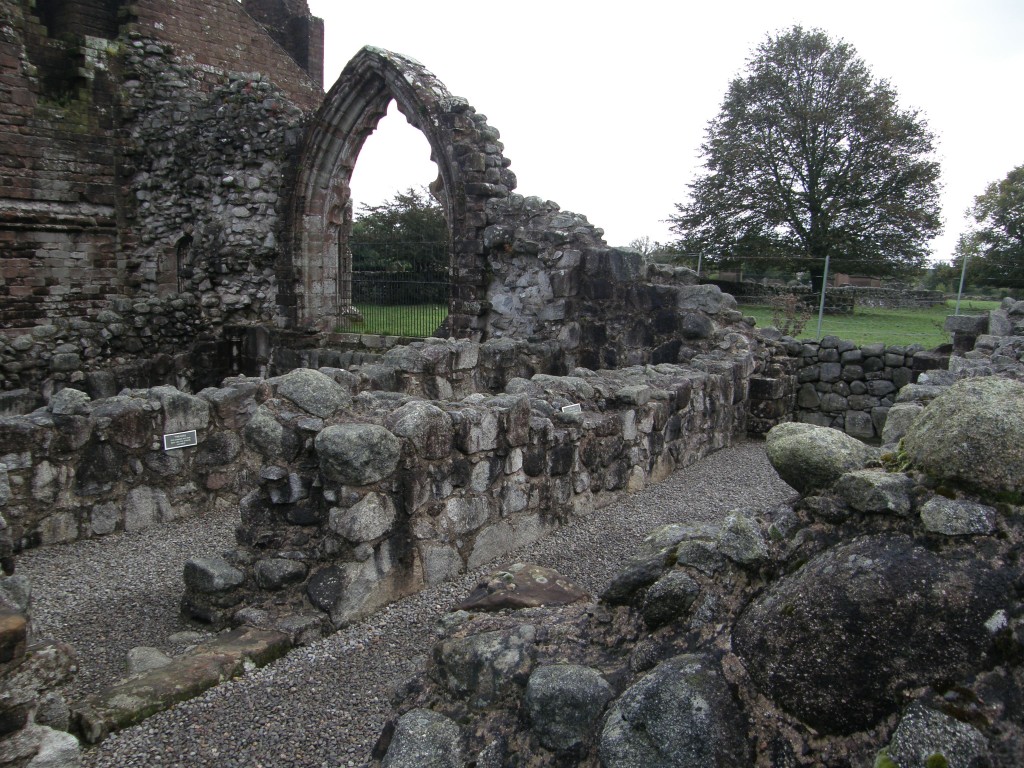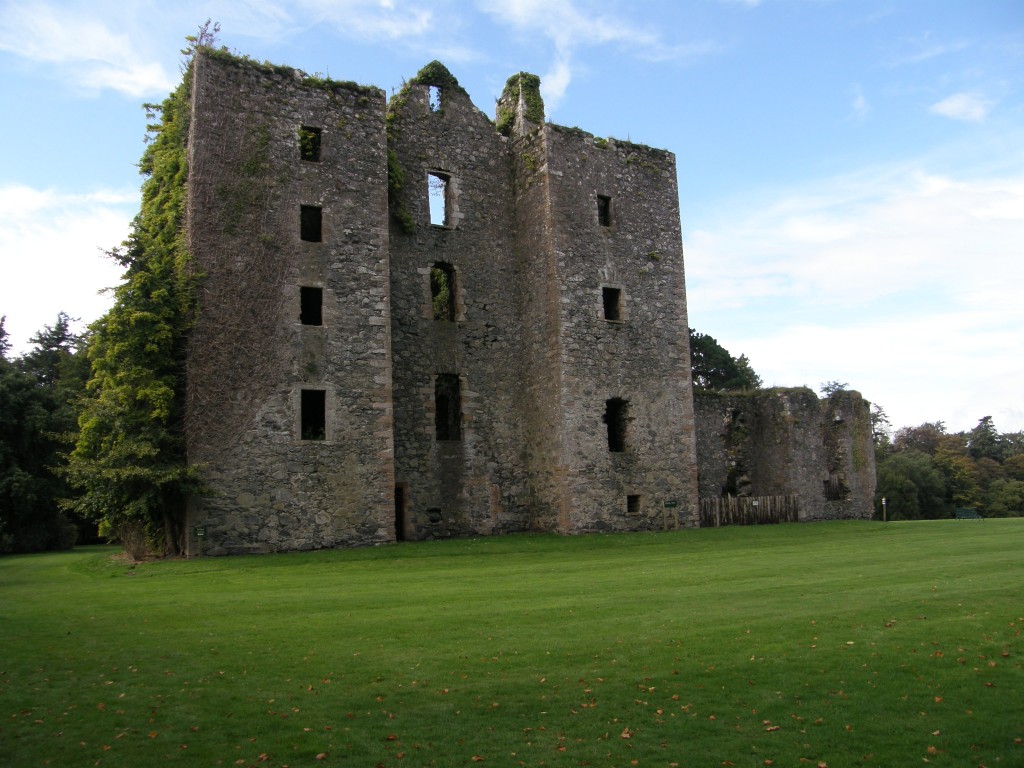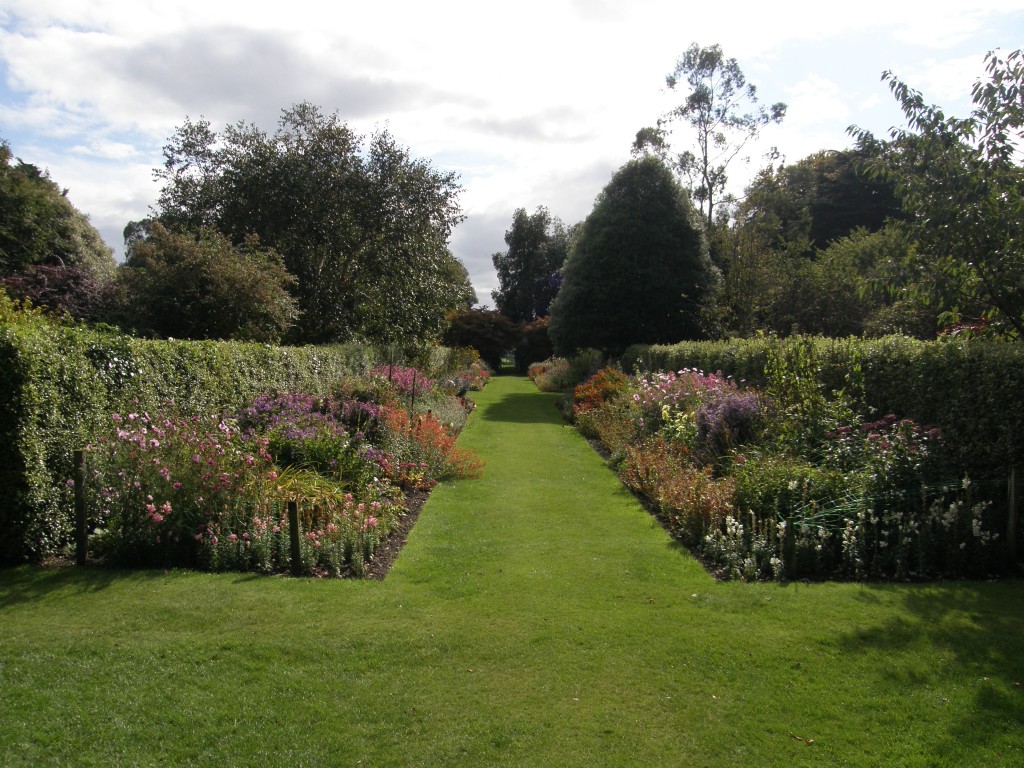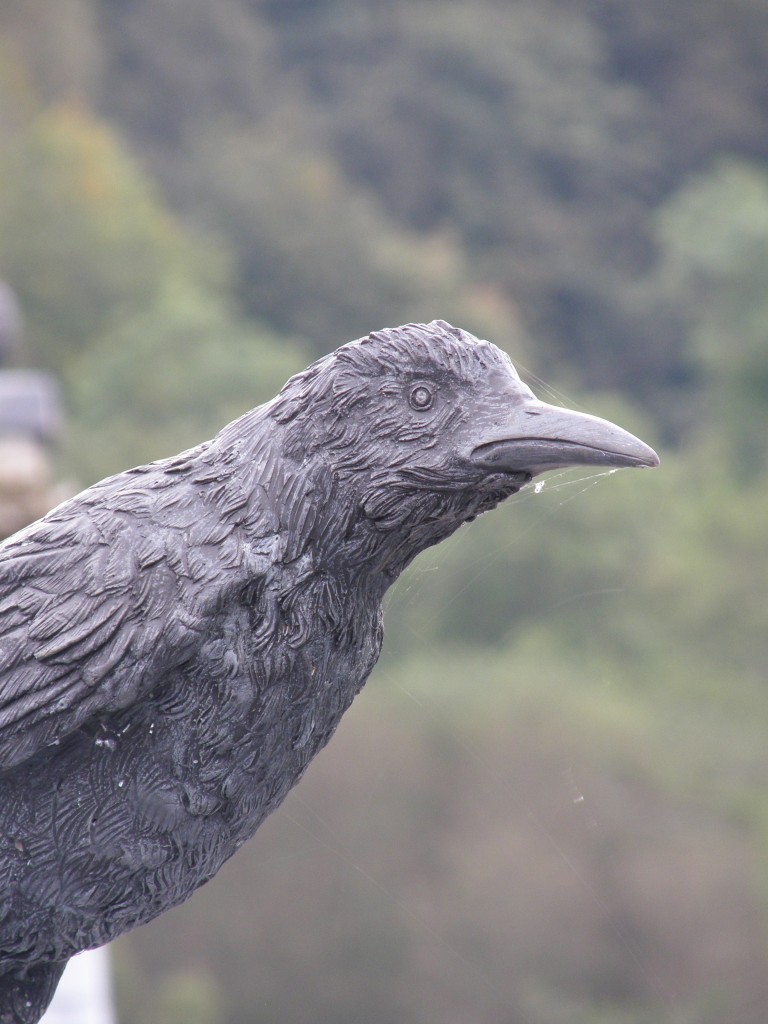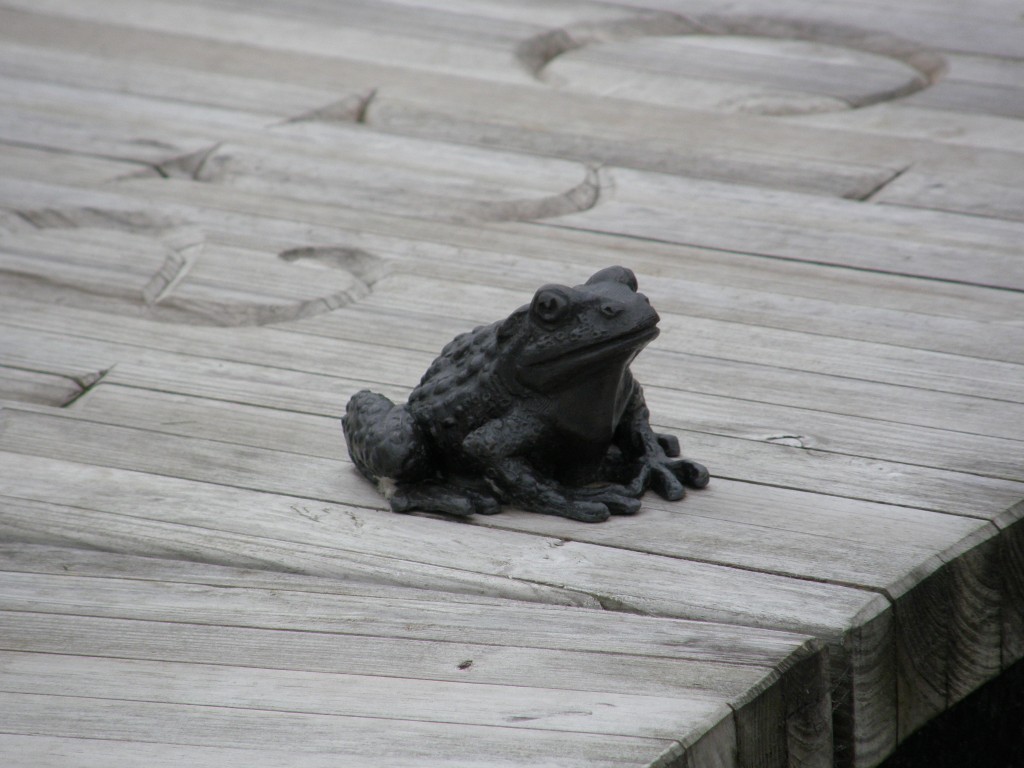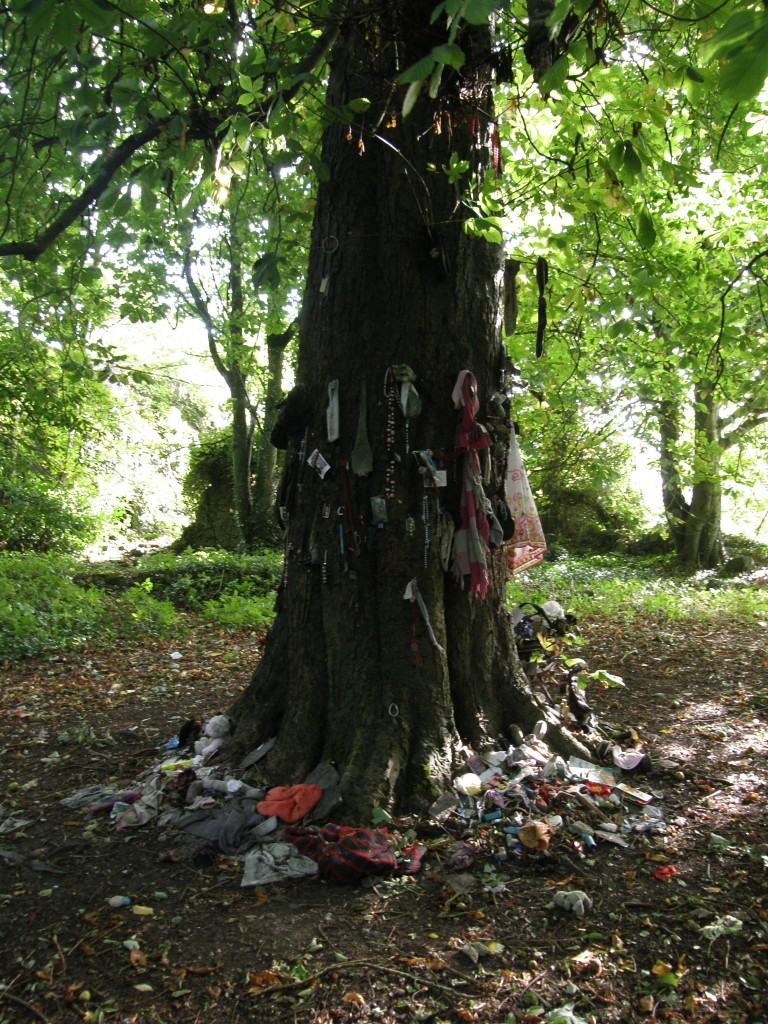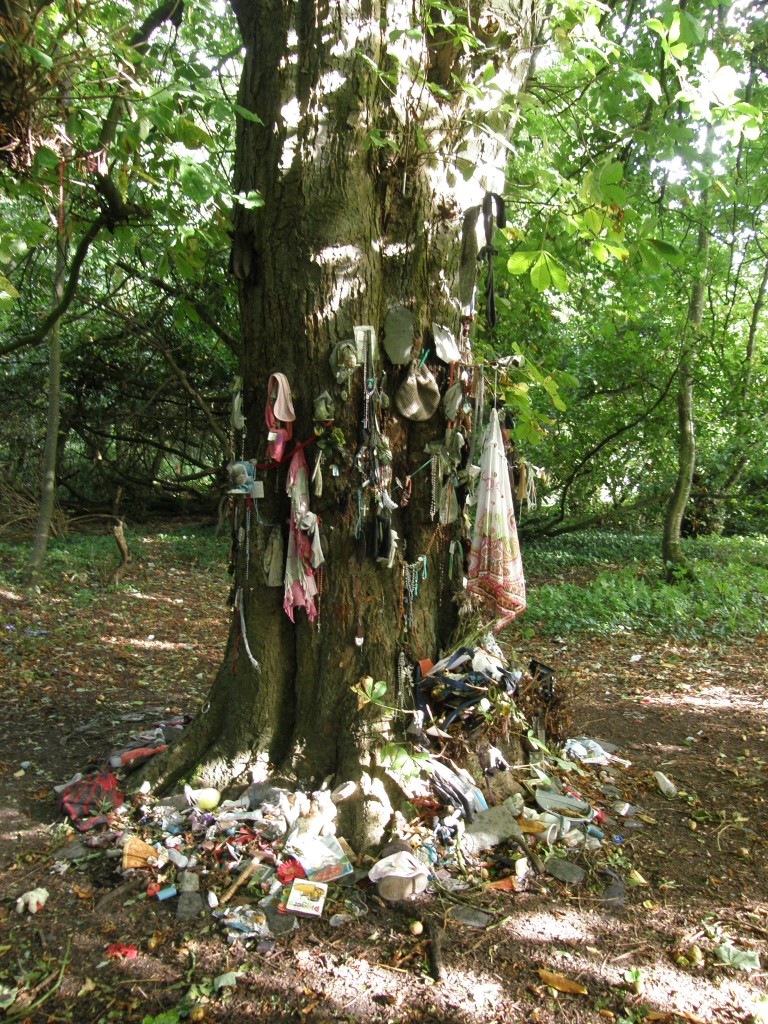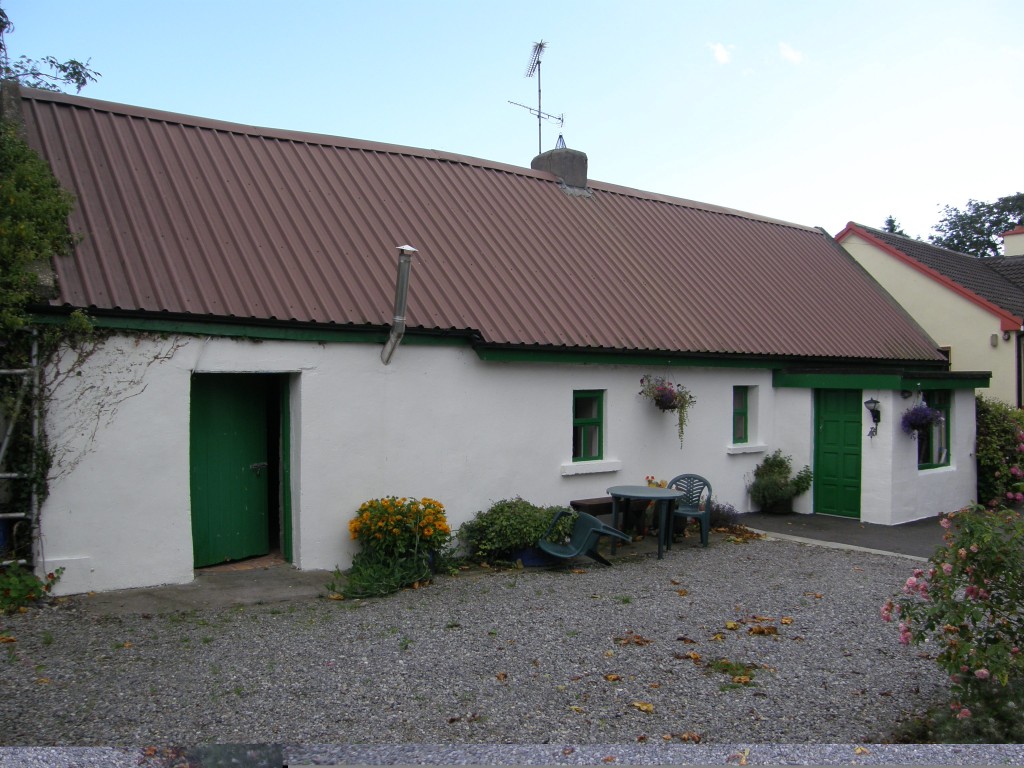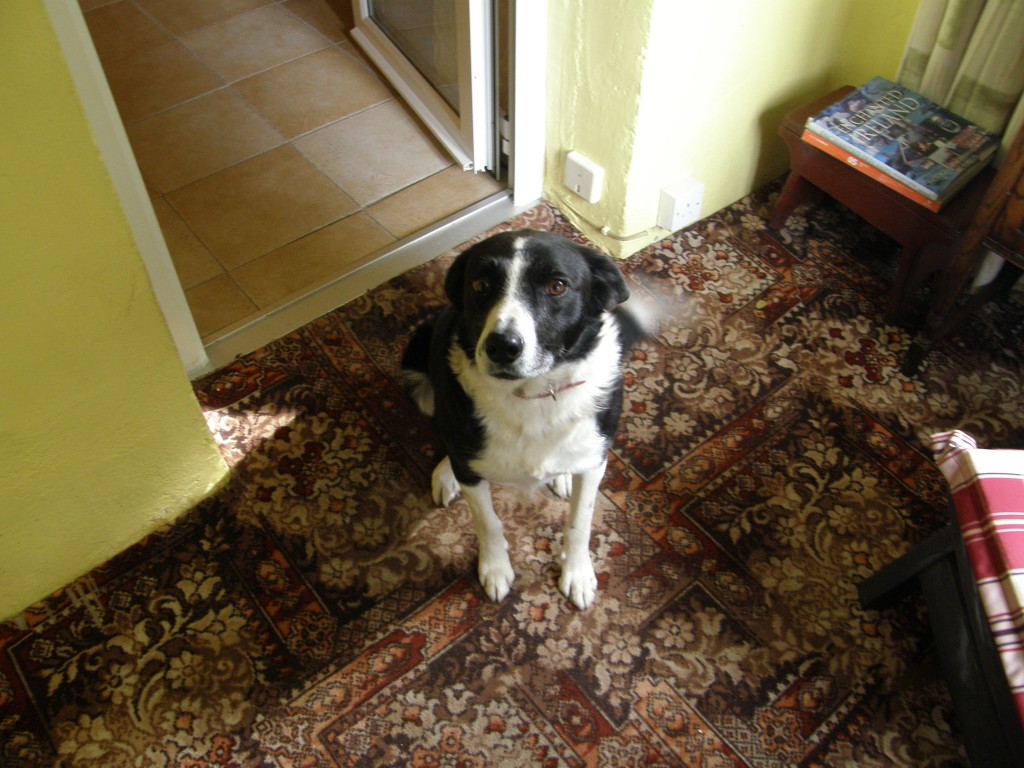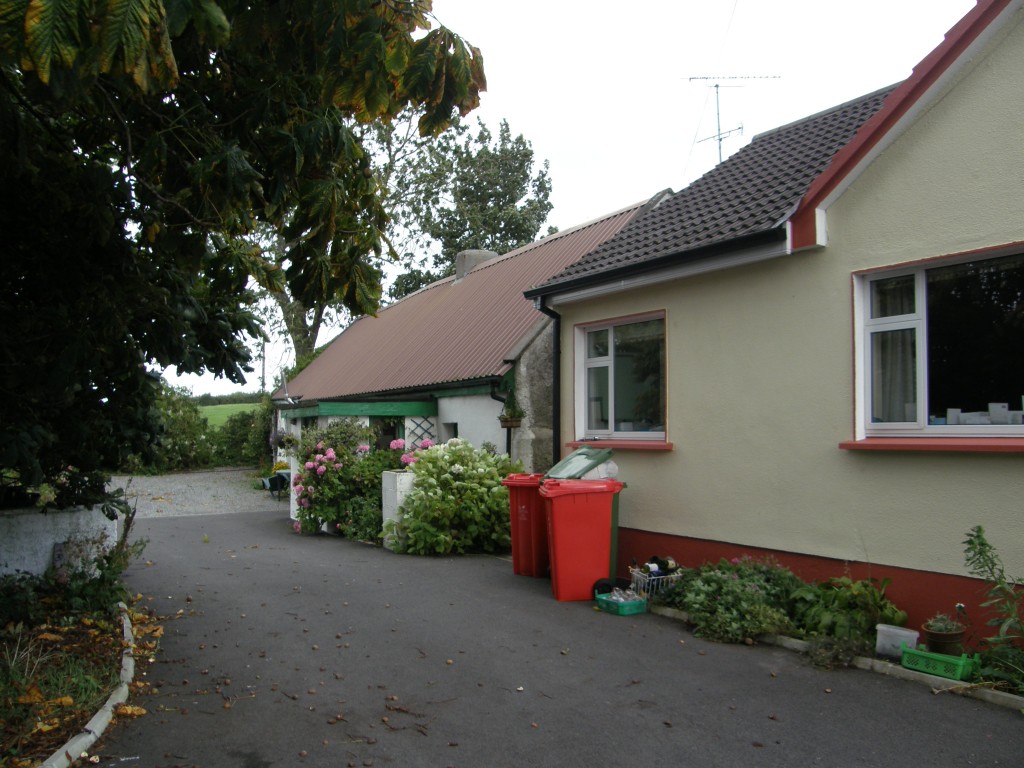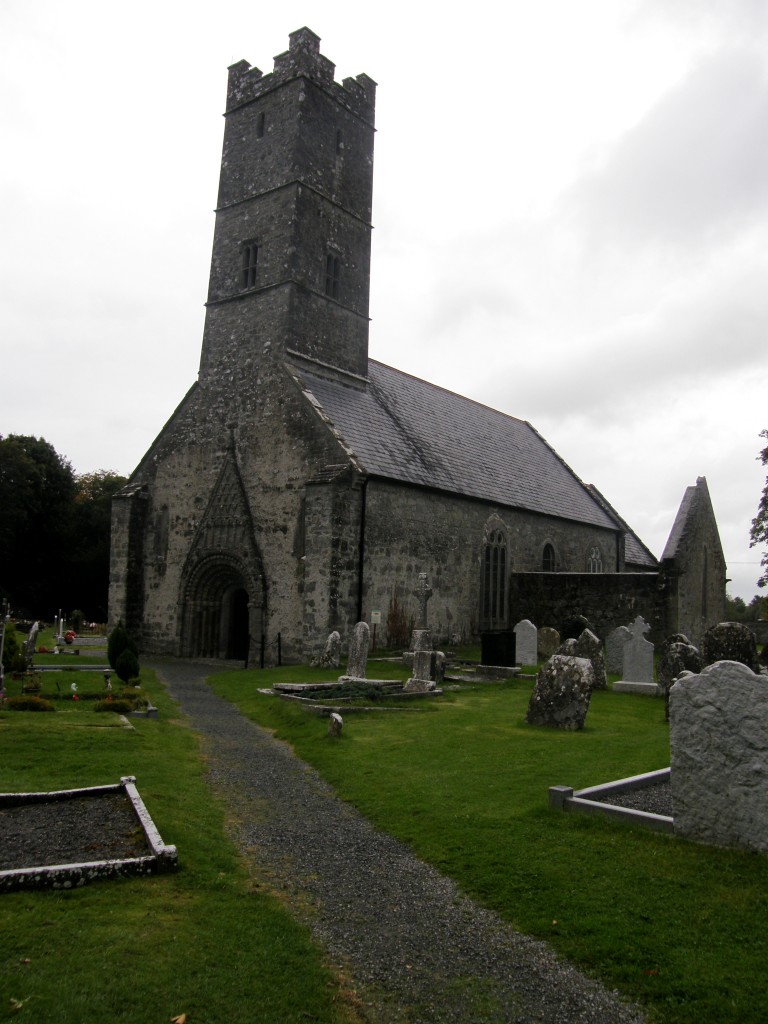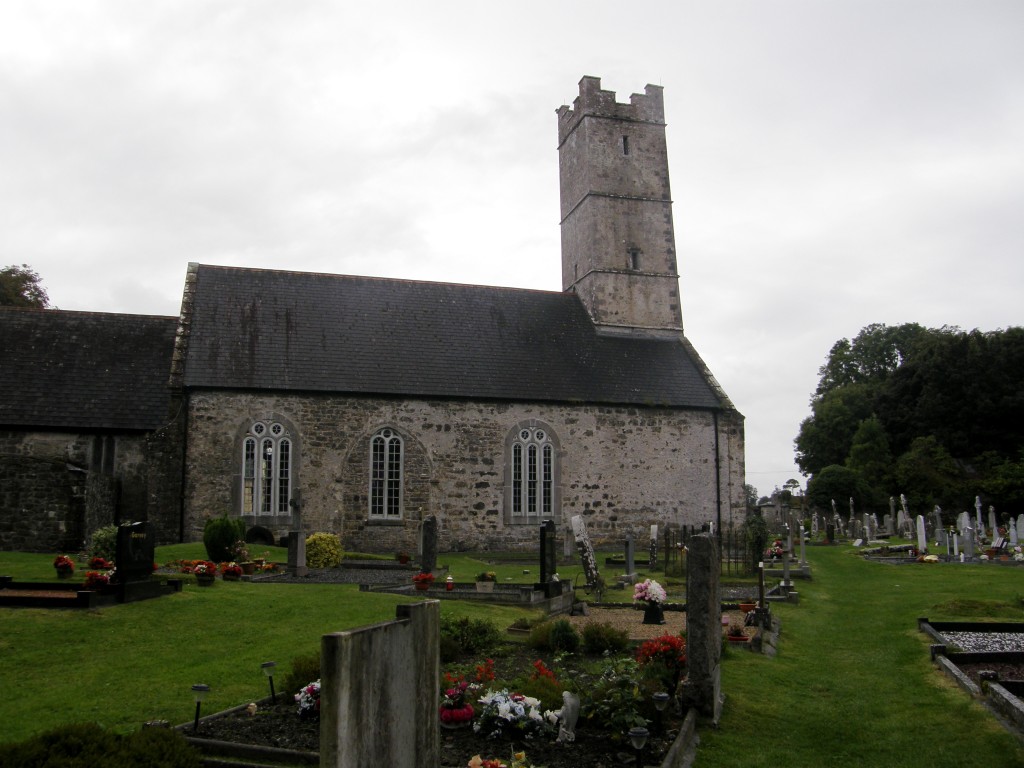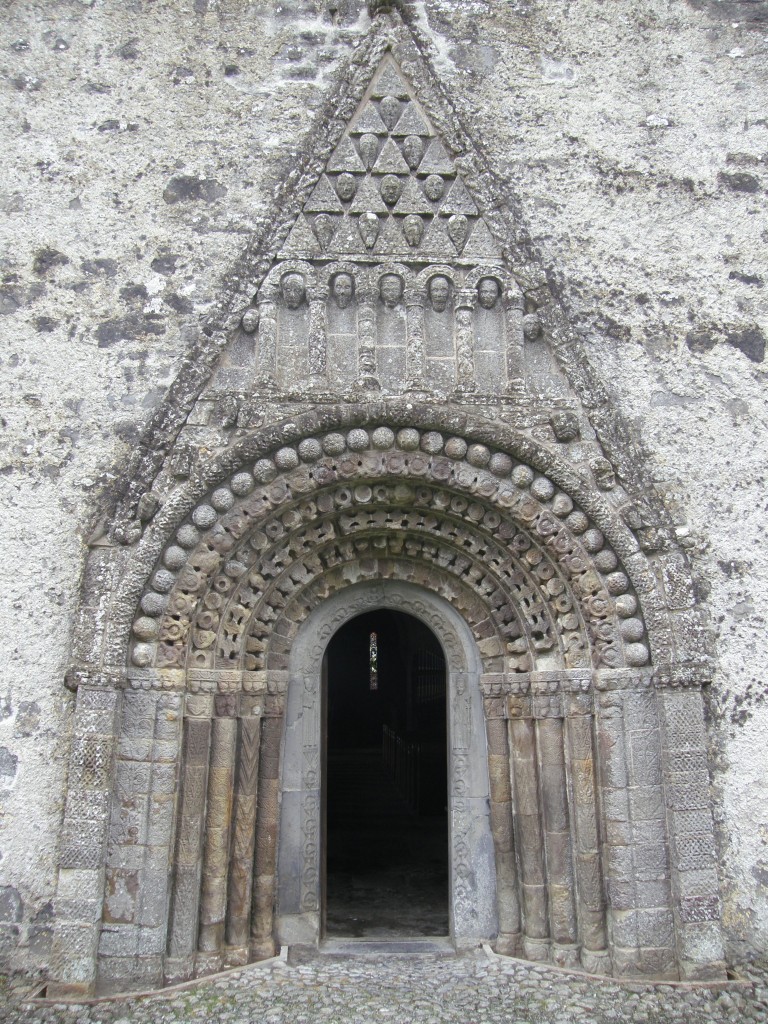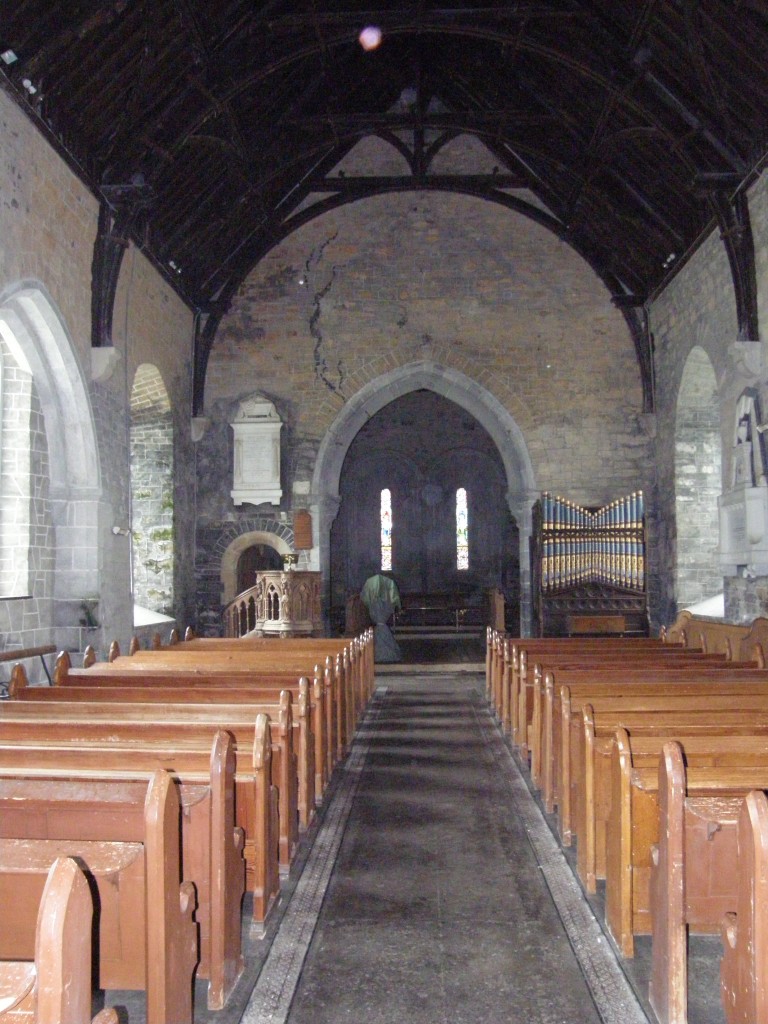Glasgow, 18 September 2011 … so far this was our least favorite place in Scotland, but we had our best church experience here and found the best restaurant so far, go figure. We took a City Sightseeing Bus Tour of the city – but didn’t see anything we wanted to photograph! The city is old, tired, and dirty. I’m sure Glaswegians are proud of their city – the people at St. Mary’s Cathedral certainly seemed to be (and they were very friendly and chatty – and we met old friend AKMA [theologian AKM Adam] who is now teaching at Glasgow) – but the city doesn’t show it.
Our B&B was passable, not great. But great indeed was having lunch with our friend Elizabeth’s brother Stephen, his wife Ruth, and their two sons. Also very good was that restaurant called “The Landesdown” on Landesdown Crescent.
We went to two church services at St. Mary’s Cathedral – a Choral Eucharist on Sunday morning and Choral Evensong that evening. Both were wonderful services and at both we were made to feel very welcome!
We did take some pictures of the cathedral and of one storefront. See our Glasgow pictures here.
Leaving Glasgow, we drove to Loch Lomond going first to Balloch and Loch Lomond Shores, where the Loch Lomond Aquarium is located. We didn’t visit the aquarium, but did take a couple of photos of the Maid of the Loch paddle steamer at Balloch Pier. We drove up the west side of the loch to the village of Luss where we took a cruise of the loch islands to Balmaha and back. It was a very overcast, rainy, and windy day – as the photos reflect. After the cruise we visited the village church (a parish of the Kirk).
You can see our Loch Lomond and Luss photos here.
Then it was on to Oban. We hadn’t originally planned to stay in Oban; we had planned to stay on the Holy Island of Iona … but we had to change those plans and in a hurry find a B&B in Oban. We were very fortunate to find a good B&B within walking distance of Oban’s town center and the pier. Leaving the car at the B&B we walked to the town and booked the Three Isles Tour which would have given us time on Mull, Staffa, and Iona. However, the next morning at the ferry terminal it was announced that the tour was cancelled due to weather.
We were devastated! Our opportunity to visit Iona lost! So we went back to the tour booking company (two blocks away) for a refund. Fortunately, we learned there that it was only the Staffa part which was cancelled and we could still go to Mull and Iona. So we rebooked, ran back to the ferry and made our way to the Holy Island.
As we rode the bus the 30 miles or so across Mull from the ferry terminal from Oban to the ferry to Iona, we became more convinced that our decision not to stay on Iona was the correct one – without having seen Mull and its single-track road I would not have wanted to drive it. I would drive it now, but would have been very concerned driving it sight-unseen.
An advantage of taking the bus instead of driving myself was that I could actually see the scenery! We were blown away by the waterfalls that abound on Mull (and also on the Isle of Skye where we went later). These are all fed solely by precipitation – rain and condensation from cloud mist. There is no snow (or very little and none that remains) on these islands, so there’s not a snow-melt source for the streams and waterfalls (as there is in the American Rockies), and yet there are these rushing streams and fabulous waterfalls. In addition, both Mull and Skye have these huge rugged mountains! Nothing like I had imagined them at all.
Our photos of the trips to, from and across Mull (taken on board ferries and from the bus) can be seen here.
Finally, the Holy Island … although I’m not unhappy about our not spending two nights on the island, someday I would like to spend more time there. It is a sacred place – you can feel the Spirit as you stand on its wind-swept ground. Our visit was all too brief! Our photos of the Abbey, the nunnery ruins, and a few other locations on Iona can be seen here.
After our stay in Oban, we moved on to the Isle of Skye … and that will take us to another blog entry.
